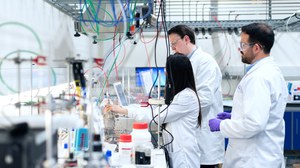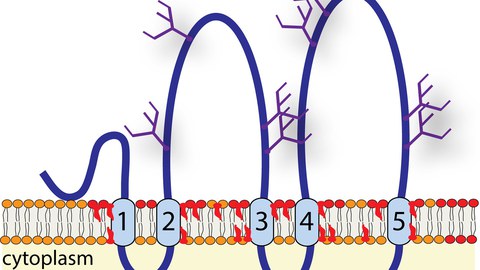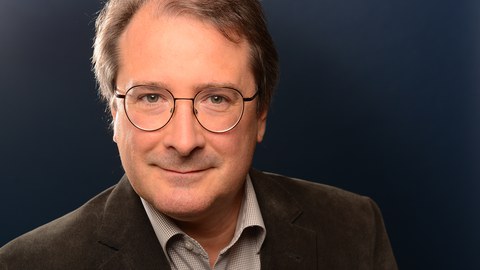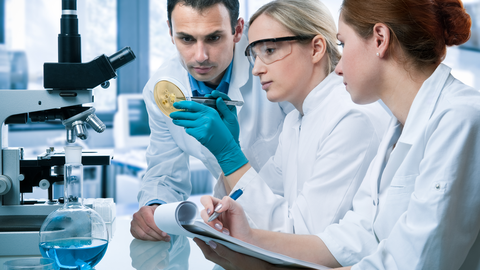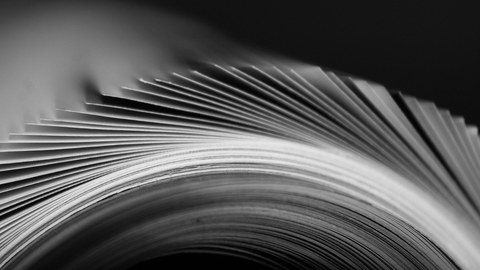Corbeil Group
The group of Denis Corbeil seeks to understand the initiating steps of tissue formation, stem cell proliferation and differentiation. He particularly concentrates on cells that express the marker prominin-1 (CD133), including stem cells of the neural and hematopoietic system, and cancer stem cells. Enrichment of prominin proteins on plasma membrane protrusions suggests that prominin-1 might act as an organizer of plasma membrane protrusions, which is of relevance also for human photoreceptor degeneration pathology.
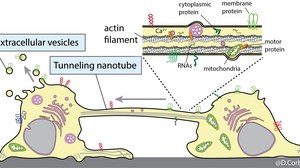 © Dr. Denis Corbeil
© Dr. Denis Corbeil
Our research
My laboratory studies the organization and dynamics of the plasma membrane protrusions. We use distinct cellular models; stem (cancer stem) cells, epithelial cells and photoreceptor cells, which have in common the expression of the cholesterol-binding, pentaspan membrane glycoprotein prominin-1 (Prom1, CD133). Prominin-1 has generated enormous interest in the medical field because its cell surface expression allows the immunoisolation of somatic stem cells from various tissues, including the brain and blood, and provides remarkable evidence of cancer-initiating cells. Mutations in the PROM1 gene are associated with retinal diseases. We use prominin-1 as a double marker for membrane protrusions and lipid rafts. In the future, we wish to continue and develop our research on prominin molecules and their biochemical role in the architecture of microvilli, filopodia and primary cilia. In addition, we would like to decipher the involvement of prominin-1+ cells in tissue formation and regeneration as well as in diseases such as cancer, retinal degeneration and diabetes.
Methodological and Technical Expertise
Biochemistry and molecular cell biology; flow cytometry; immunohistochemistry; isolation of stem cells; isolation of extracellular membrane vesicles; isolation of lipid rafts; scanning electron microscopy
Selected Publications
Jászai J, Thamm K, Karbanová J, Janich P, Fargeas CA, Huttner WB, Corbeil D
Prominins control ciliary length throughout the animal kingdom: New lessons from human prominin-1 and zebrafish prominin-3
J Biol Chem 295: 6007-6022 (2020)
Singer D, Thamm K, Zhuang H, Karbanová J, Gao Y, Walker JV, Jin H, Wu X, Coveney CR, Marangoni P, Lu D, Grayson PRC, Gulsen T, Liu KJ, Ardu S, Wann AK, Luo S, Zambon AC, Jetten AM, Tredwin C, Klein OD, Attanasio M, Carmeliet P, Huttner WB, Corbeil D*, Hu B*
Prominin-1 controls stem cell activation by orchestrating ciliary dynamics
EMBO J 38(2): e99845 (2019)
[*corresponding authors]
Thamm K, Šimaitė D, Karbanová J, Bermúdez V, Reichert D, Morgenstern A, Bornhäuser M, Huttner WB, Wilsch-Bräuninger M, Corbeil D
Prominin-1 (CD133) modulates the architecture and dynamics of microvilli
Traffic 20: 39-60(2019)
Bauer N, Wilsch-Bräuninger M, Karbanová J, Fonseca AV, Strauss D, Freund D, Thiele C, Huttner WB, Bornhäuser M, Corbeil D
Haematopoietic stem cell differentiation promotes the release of prominin-1/CD133–containing membrane vesicles – A role of the endocytic-exocytic pathway
EMBO Mol Med 3: 398-409 (2011)
Röper K*, Corbeil D*, Huttner WB
Retention of prominin in microvilli reveals distinct cholesterol-based lipid microdomain within the apical membrane of epithelial cells
Nature Cell Biol 2: 582-592 (2000)
(*Joint first authors)

